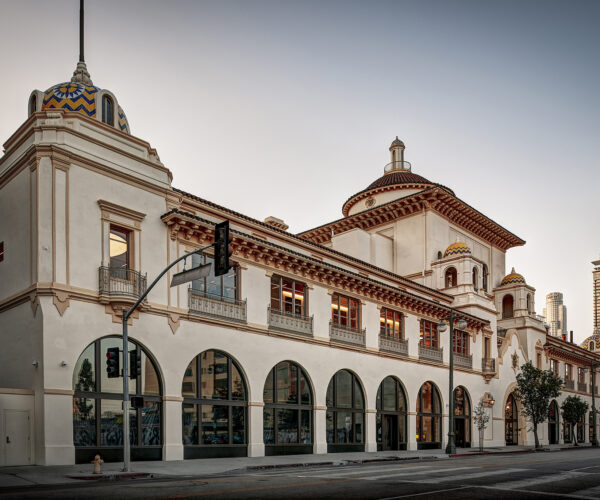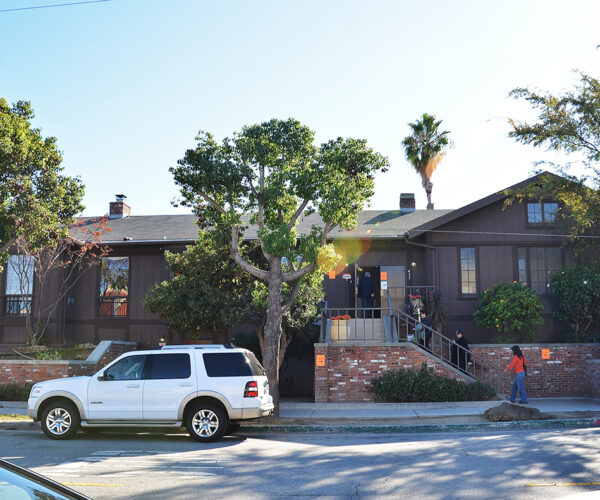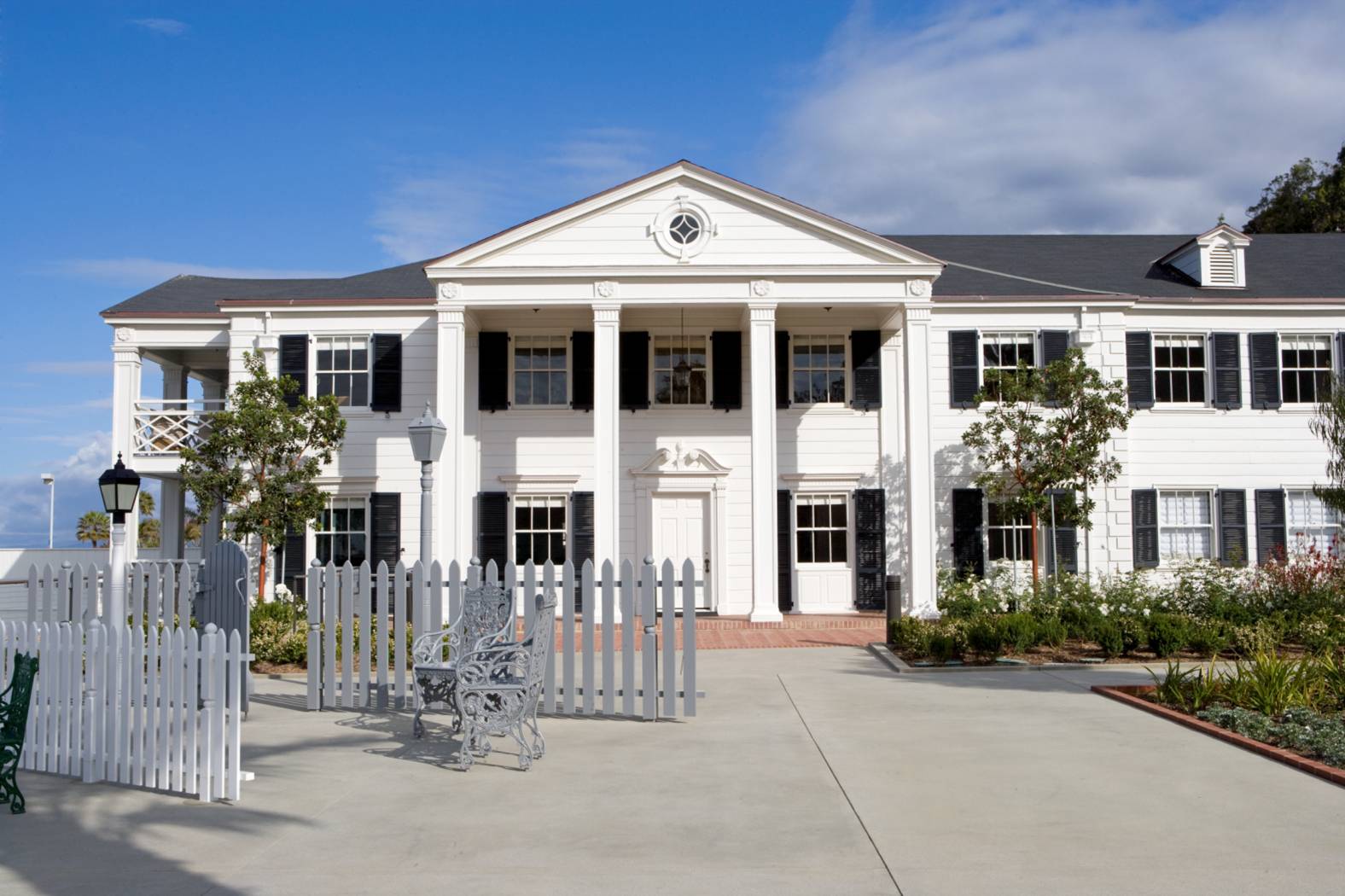Architect
Julia Morgan
Julia Morgan (1872-1957)
Julia Morgan was one of California’s most influential architects. Remarkable not only as an independent woman working in what was traditionally a man’s field, she was also a meticulous engineer and a talented designer.
Julia Morgan was born in San Francisco in 1872. Her mother was an heiress and her father hailed from a well-connected East Coast family. At a time when few women sought professional careers, she graduated from the University of California, Berkeley in 1894 with a degree in civil engineering. At the urging of her mentor, architect Bernard Maybeck, she attended the École des Beaux-Arts in Paris, becoming the first woman to earn a certificate in architecture from the prestigious school.
While in Paris, Morgan was visited by Phoebe Apperson Hearst, a wealthy philanthropist active in women’s issues and education. Mrs. Hearst was to become an important client, supporter, and friend. Her son, newspaper magnate William Randolph Hearst, would give Morgan her most famous, and largest, commission: the extraordinary La Cuesta Encantada, better known as Hearst Castle, built between 1919 – 1947.
When Morgan returned to San Francisco in 1902, she went to work in the office of architect John Galen Howard. In 1904 she became the first woman granted a license to practice architecture in California and shortly thereafter started her own business. A high-profile commission to re-build the Fairmont Hotel following the 1906 earthquake solidified Morgan’s reputation, leading to a dramatic increase in clients and to financial success.
As a woman striving to succeed in a man’s field, Morgan relied on many women’s organizations for support over the years. Indeed, she began her professional career during a time of significant women’s activism and progressive reform. Her affinity for women’s organizations—and theirs for her—led to many commissions over the years, such as Mills College (1903-1923) and the Berkeley Women’s City Club (1929). Throughout her career, Morgan maintained a strong connection to the Young Women’s Christian Association (YWCA), for whom she designed over thirty buildings.
Although her training at the École stressed classicism, Morgan was comfortable working in many styles, and her designs range from simple Craftsman clubhouses, such as the YWCA in San Pedro, to the grandeur of Hearst Castle. She was also adept at working with different types of clients, from educational institutions to wealthy patrons. By the time of her death in 1957, she had designed an estimated 700 buildings, mostly in California. The fact that many of Morgan’s buildings still stand today and retain both their beauty and functionality, demonstrates her ability to design buildings that worked.
In 2014, the American Institute of Architects posthumously awarded the AIA Gold Medal to Julia Morgan, the first woman to receive it. The AIA Gold Medal is the organization’s highest honor; it acknowledges architects whose work has had a lasting influence on the theory and practice of architecture.
Related Places
-

Place
Herald Examiner Building
-

Place
YWCA Harbor Area & South Bay
-

Place
Annenberg Community Beach House at Santa Monica State Beach